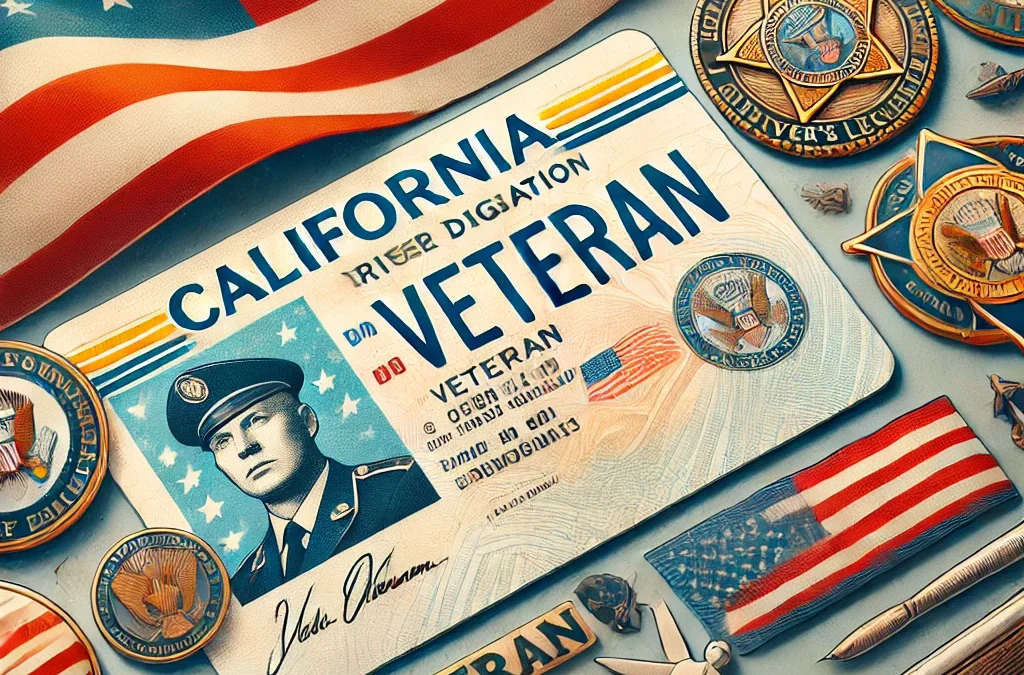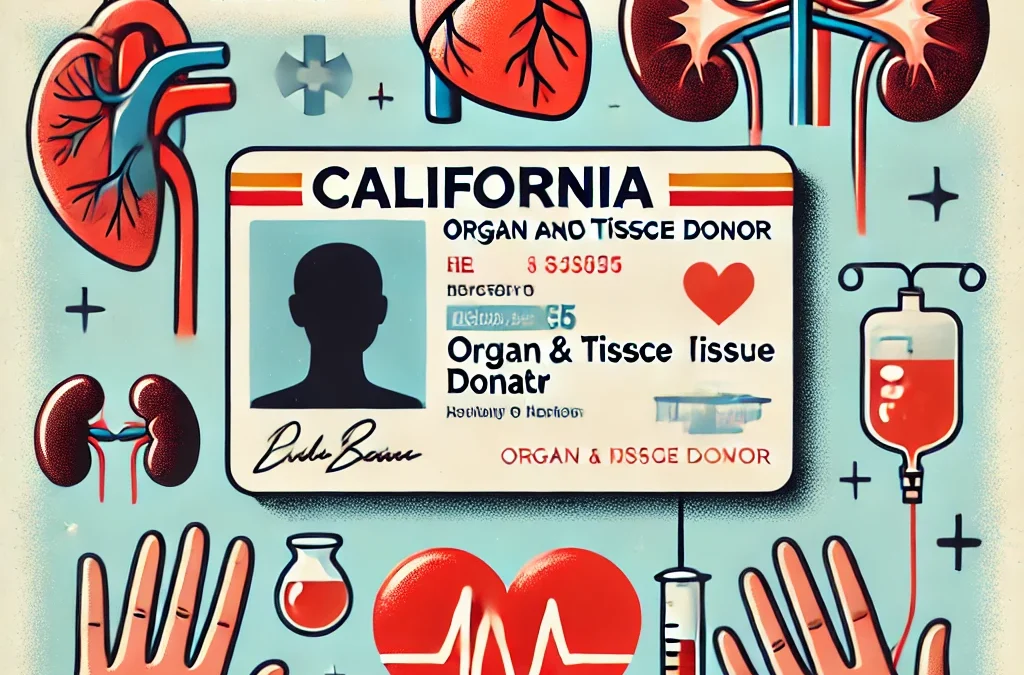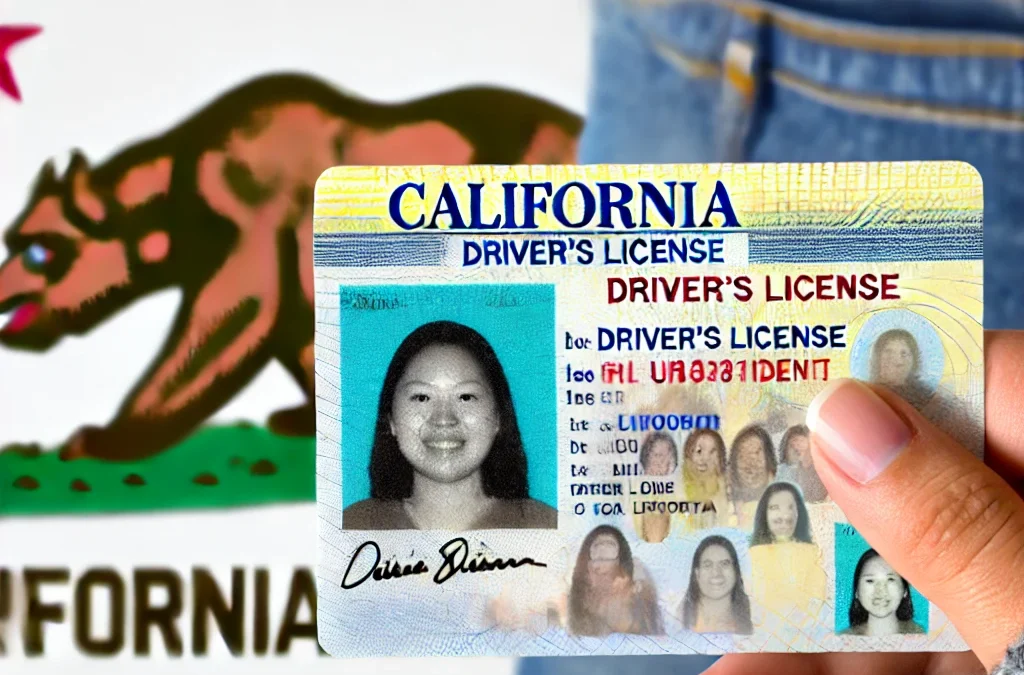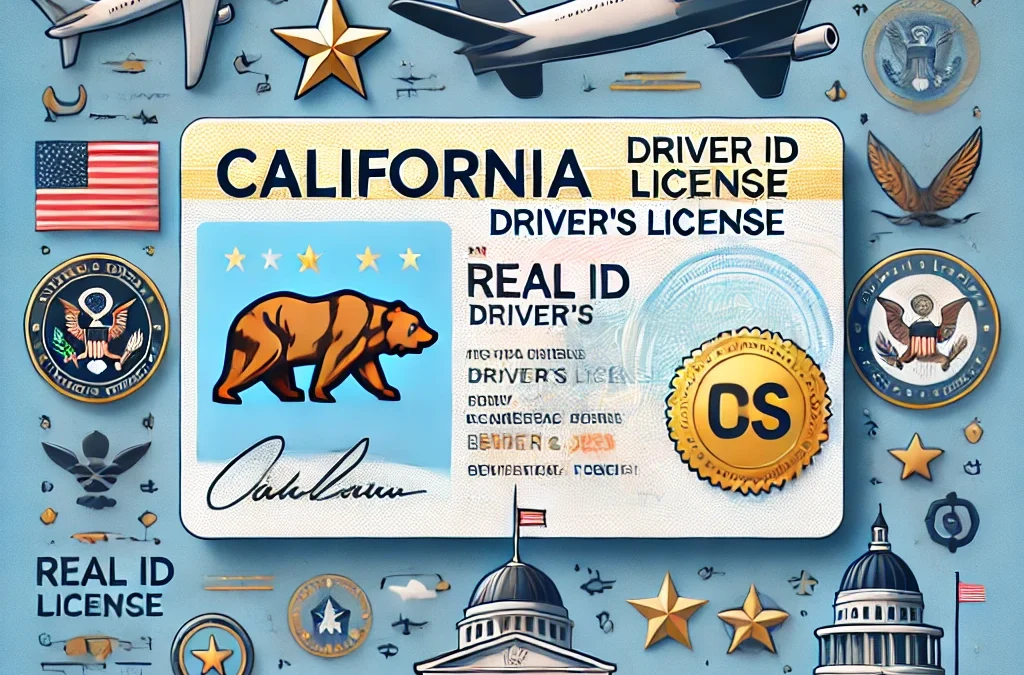
California ID Cards: A Simple Guide to Obtaining Identification
California ID Cards: A Simple Guide to Obtaining Identification
In California, ID cards are available to any resident who needs a form of official identification but does not intend to drive. These ID cards are issued for identification purposes only and cannot be used to operate a vehicle. This article explains how to apply for a California ID card, who is eligible, and what documents are required.
What Is a California ID Card?
An ID card is a government-issued identification card that serves as proof of identity, age, and residency. It is available to individuals of all ages who need a state-issued identification card but do not require a driver’s license. ID cards are commonly used for tasks like opening a bank account, proving age at restricted venues, or verifying identity for government services.
How to Apply for a California ID Card
Applying for an ID card in California is a straightforward process. Here’s what you need to do:
-
Gather the Required Documents:
To apply for an ID card, you will need the following:- Proof of Identity: This can be a U.S. passport, birth certificate, or another official document that verifies your identity.
- Proof of California Residency: You will need to provide two documents that show you live in California, such as utility bills, lease agreements, or bank statements.
- Social Security Number: You must provide your Social Security number for verification purposes.
-
Complete the Application:
Visit the DMV website at dmv.ca.gov/id-cards to start your application online or to download the forms. You can also visit your local DMV office in person to complete the application. -
Visit the DMV:
Once you’ve gathered your documents, visit your nearest DMV office to complete the application process. You may need to provide a thumbprint and have your photo taken at the DMV. -
Pay the Fee:
There is typically a small fee to apply for a California ID card, but fee waivers and reduced fees may be available for seniors, low-income individuals, or people with disabilities. Visit the DMV website for more details on reduced-fee, no-fee, and senior ID cards.
Who Is Eligible for a California ID Card?
Any California resident who needs identification but does not need a driver’s license is eligible to apply for an ID card. This includes:
- Individuals who do not drive but need proof of identification
- Minors who require identification
- Seniors looking for a reduced-fee or no-fee ID card
- People who are unable to drive due to medical conditions
Types of ID Cards
There are different types of ID cards available based on the applicant’s situation:
- Standard ID Card: Available to all eligible residents.
- Reduced-Fee ID Card: Available to those who meet certain income qualifications or are part of specific assistance programs.
- No-Fee ID Card: Available to seniors (age 62 or older) and other qualifying individuals.
- Senior ID Card: Specifically designed for California residents who are 62 years or older and comes with no fees.
Why You Might Need an ID Card
A California ID card is useful for a variety of everyday tasks, including:
- Proof of Age: When purchasing age-restricted products or entering restricted venues, an ID card serves as valid proof of age.
- Verification of Identity: ID cards are used to prove your identity when applying for jobs, financial accounts, or accessing government services.
- Government Services: Many state and federal programs require proof of identity and residency, both of which are established through a California ID card.
Conclusion
Whether you need an ID card to access services, verify your identity, or as an alternative to a driver’s license, applying for a California ID card is simple. With reduced-fee and no-fee options available for those who qualify, it’s accessible to all residents regardless of their financial situation.
To start your application and learn more about the documents required, visit dmv.ca.gov/id-cards.








Recent Comments